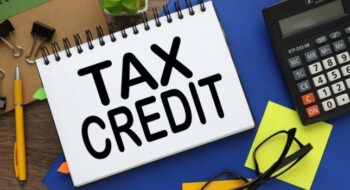Where is Your Money Taking You?
Learn how to make your money work for you. Discover tips and insights for smarter financial decisions that lead to a secure and happy retirement. Start planning for the retirement of your dreams!
Trending Categories: Retirement Planning Tax Planning Savings Strategies Investment Strategies Longevity & The Future

Future-Proof Gifts: Savings Bonds for Grandchildren
Looking for a meaningful gift that stands the test of time? Buying savings bonds for grandchildren is a fantastic way to show your love while investing in their future. Unlike

The Rule of 72 Explained: Double Your Investments Faster
The idea that ‘you need money to make money’ rings true in many situations. But when it comes to saving for retirement, the beauty is that even a small amount

10 Key Factors for Achieving Retirement Success
Planning for retirement can feel overwhelming, but it doesn’t have to be. Understanding how to prepare for retirement step by step can help you build a solid foundation for the

Pros and Cons of Cosigning for Student Loans: What Retirees Need to Know
Cosigning a student loan is a significant financial commitment, especially for retirees who need to carefully plan their financial goals. Think of it as being the backup parachute in a
Don't miss out on our retirement planning insights

Get Paid to Save: How the Saver’s Credit Can Boost Your Nest Egg
Let’s be real—saving for retirement can feel like a chore. It’s like eating your vegetables or flossing: you know it’s good for you, but it’s easy to push off. Here’s

Setting Good Retirement Goals According to Your Age
Retirement planning can often feel overwhelming, but setting clear goals by age can provide a roadmap to a secure financial future – think of it as a GPS for your

How to Invest Against Inflation: Strategies for Preserving Wealth
Inflation-resistant investments are like your financial bodyguards in your retirement portfolio, ready to safeguard your savings against the impact of rising inflation. Key strategies include investing in Treasury Inflation-Protected Securities

Medicare Exclusions: What’s Not Covered and How to Prepare
Planning for retirement includes understanding the ins and outs of Medicare. While Medicare is a valuable resource for retirees, it’s important to understand its limitations. Knowing the Medicare exclusion list—or
